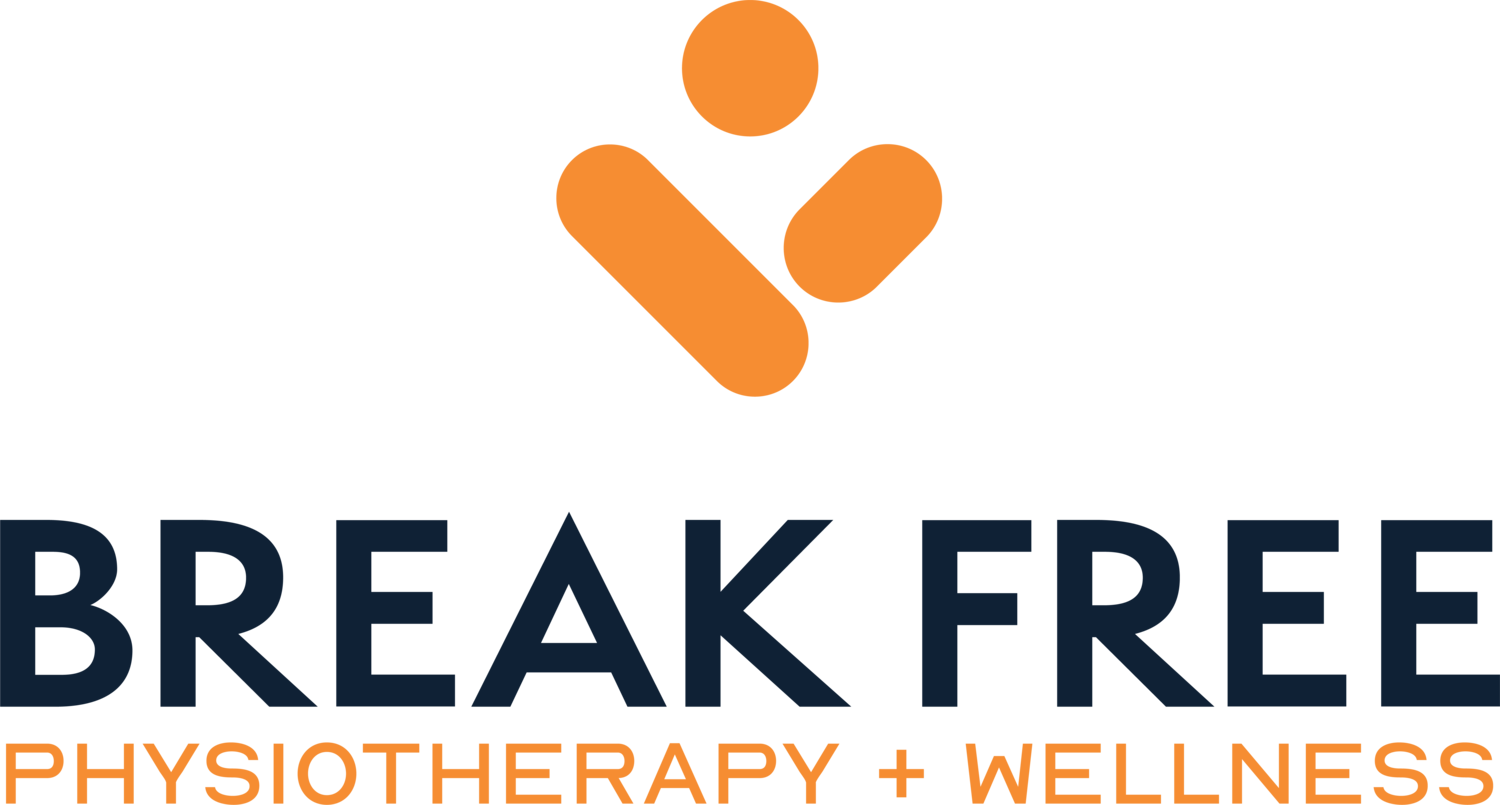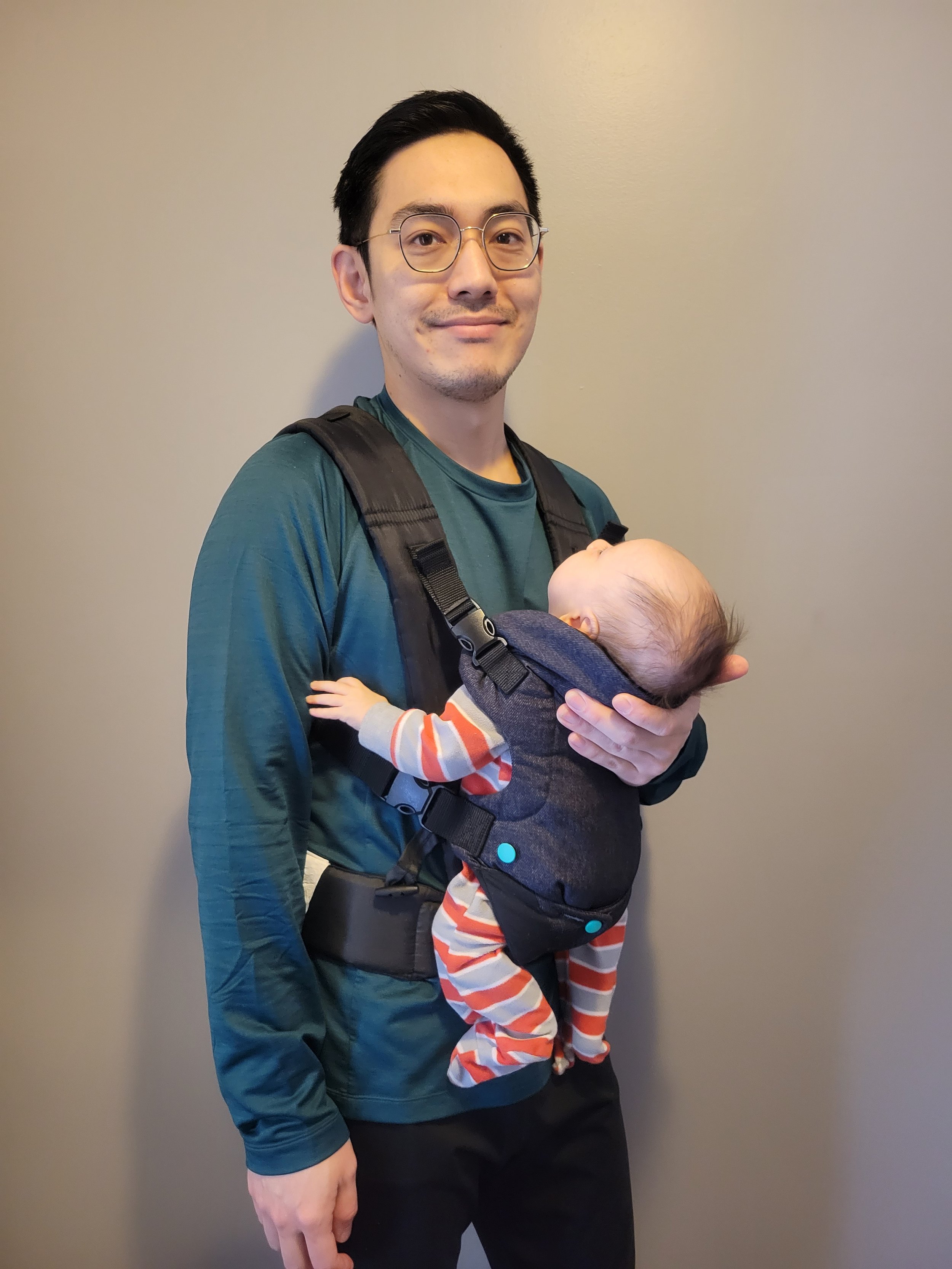Shoulder and Arm Pain from Holding Your Newborn Baby
Oh the joys of having children! I’ve treated many clients with newborns who develop shoulder and arm pain. The cause ranges from sleeping in awkward positions to hours of soothing their crying baby at night.
Here are some of the injuries/conditions that I’ve seen in clinic:
Shoulder pain
Upper back pain
Biceps tendinitis
Rotator cuff tendinitis
Repetitive shoulder strains
Pinched nerve in the neck
Tingling in the arm and hands
Carpal tunnel syndrome
I’m writing this blog because over the last month after having our son, I started to notice some left shoulder and arm pain that gradually worsened over time (yes, even Physiotherapists get injured sometimes). Here are some tips that have helped me relieve the pain in my shoulder and arm.
Use pillows… lots of pillows
Jessica and I use several pillows to help support our son as well as our bodies. If we’re cradling him in our arms, we place a couple of throw pillows under the elbow supporting his head. Other times we put him on our lap supporting his head with our hands so we can give our arms a break. Pillow positioning is also key during breastfeeding to support my wife’s arms/back, and the baby, when she is sitting for long feeds.
Different Breastfeeding Holds
My wife has started to become very creative with the way she holds our son. If you have a nursing pillow, the football hold is a great way to take pressure off your rotator cuff. Other variations include having the baby sit upright while the mother leans back. We’ve even tried lying on the side!
Avoid the Shoulder Impingement Position
A common hold is the cradle (in the picture below). It’s important to avoid having your elbow higher than your hand as this can cause increased pressure on rotator cuff tendons. Fun fact; this shoulder position is also used as a special test to determine if there is irritation of your rotator cuff, so it’s often best to avoid it!
Cradle Hold
Cradle Hold with High Elbow (avoid this position)
Switch Sides
Being sleep deprived I often forget this step. I have started holding my son on the opposite side to give my left arm a break. By switching arms you will prevent/reduce inflammation of tendons, muscles and ligaments in your shoulder and arm. Who said it’s too late to become ambidextrous!
Ask For Help
Having grandpa and grandma around can be really helpful when your arm is hurting. Perhaps you have other family members and friends who are willing to hold your newborn.
Use a baby carrier
Baby Carrier/Harness
“Look ma’, no hands!”. We love using a Boba wrap (no we aren’t endorsed) or our baby carrier because it leaves your hands free to multi-task, and gives your shoulder and arms a break from carrying. Just be sure to adjust it well for your body to avoid further injury!
Exercise!
As long as your physician has cleared you to exercise safely, returning to some exercise such as a brisk walk or lifting weights can be helpful in the process of healing. When holding your child, the muscles in the front get tighter; so back exercises are often helpful to counteract this problem. If you’re not sure which exercises are safe or appropriate, seek help from a Physiotherapist near you!
Keep track of activities that make it worse
It’s good to note what positions are making your shoulder worse. I always cue my clients to be conscious of when their shoulder hurts during the day, and to jot down what they were doing at the time. Bring this information to your Physiotherapist so they can provide modifications and the proper stretches and exercises for your injury.
Get help from a professional
Break Free Physiotherapy is here to help! If you have shoulder and arm pain, we would love to help. Trust me, I’m there now and am glad I have the knowledge to help myself, but would love to share more of this knowledge with you. Book an appointment with one of our Physiotherapists today to get a detailed assessment and treatment plan so you have the exact exercises needed to help you heal.
Click here or call the clinic at 519-850-3733 to book now! We also do virtual assessments/treatment if that would work out better for you.





